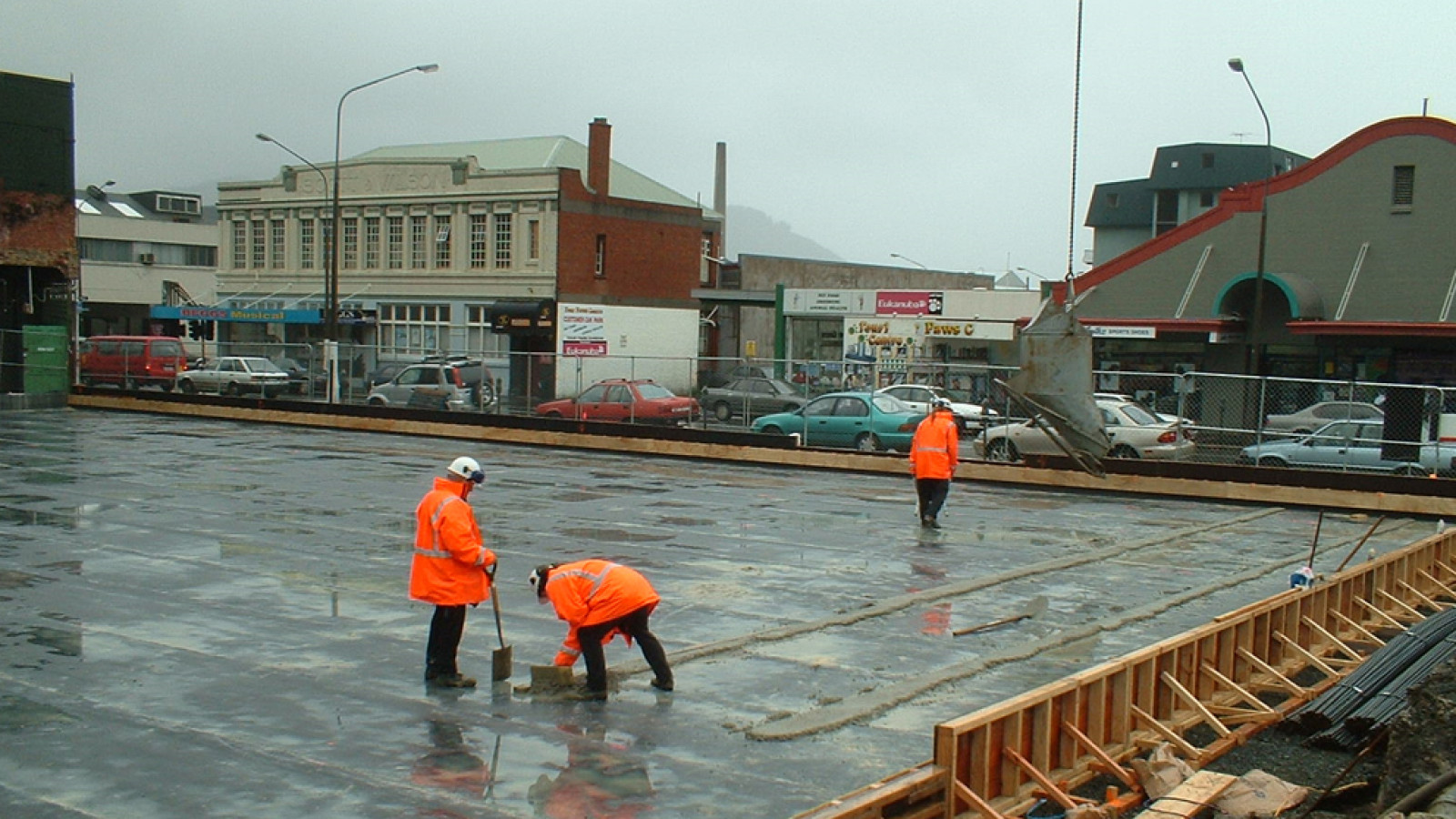Welcome to our first contribution to EBOSS Detailed. We are Allco Waterproofing Solutions Ltd and we know tanking.
It looks like June is going to break records for rainfall and so talking about tanking in wet conditions seems timely.
There are a number of tanking products on the market, including bitumen, synthetic or bentonite. All have their respective place, however some are more suited to certain applications and weather restrictions than others. To get the best technical information around suitability for a specific product, talk directly to the supplier.
There are several bentonite-based membranes currently available in the NZ market: pre-hydrated, crushed powder and granular bentonite. Perhaps no other aspect of bentonite waterproofing is as misunderstood as how it responds to wet/dry cycling. To address this issue, it is first necessary to understand the hydration properties of bentonite.
First, sodium bentonite will exhibit a powerful suction force and can hydrate itself even if no water is added to it. At an initial moisture content of 25%, the bentonite produces a suction force of 45 bars or 650 psi. This is enough suction to draw water from even very dry soils. Equilibrium point occurs when the sodium bentonite reaches approximately 100% moisture content. For reference purposes, the moisture content of a “fully hydrated” layer of Voltex sodium bentonite is approximately 150-250% depending on the confining stress.
This information relates to wet/dry cycling in two important ways:
- It is clear that the suction force of bentonite is very powerful and will prevent it from losing water once it hydrates.
- Any water that could theoretically be lost through evaporation will be quickly regained through absorption from a sub-grade or saturated zone in an attempt to achieve equilibrium conditions.
There are also other considerations when discussing different types of bentonite membranes and that’s the needle punching. You need to mitigate the risk of over-hydration. This is the key to the success of the membrane, especially in wet conditions.
Needle punched construction of bentonite waterproofing membrane produces a mechanical bond that cannot be defeated by the swelling bentonite. In other words, the membrane can withstand unconfined hydration without losing its integrity. This is why it can be successfully deployed even in standing water for short periods without adverse impacts.
Volclay Voltex is a granular bentonite membrane that incorporates a unique, patented needle punching technology. Cetco (Volclay’s manufacturer) has established that the needle punching technology limits hydration to 250%, at which point the membrane is 12mm thick with no diminution in performance.
However the robust construction of needle punched bentonite does not mean that wet installation conditions are recommended. Instances of unconfined hydration should be evaluated on a case-by-case basis. For example, the duration of the exposure, the degree of hydration, and the bearing loads it will be subjected to during construction are all factored into a project-specific recommendation as to whether the hydrated material can safely remain in place.
I have always believed that you get what you pay for. Tanking is one of those things that you only get one chance to do. So it must be done right the first time.
By using a needle-punched sodium bentonite tanking solution such as Volclay, you can be assured of performance in all weather, including wet conditions. This means no programme delays and no risk of failure down the track.
For any further information please contact the friendly team at Allco or visit the Allco website.





























 Most Popular
Most Popular Popular Products
Popular Products



